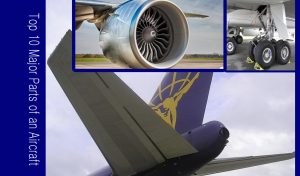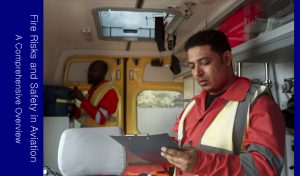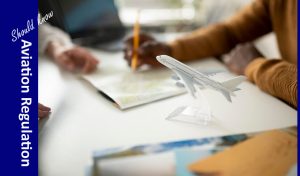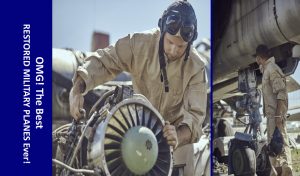Before understanding Why do pilots use checklists? Let’s know what a checklist is first. A checklist is a written or electronic list of items or tasks that need to be completed in a specific order or under certain conditions. It serves as a systematic tool to ensure that important steps are not forgotten and that tasks are performed accurately and consistently. Checklists are used in various industries and contexts, including aviation, medicine, engineering, and everyday life.
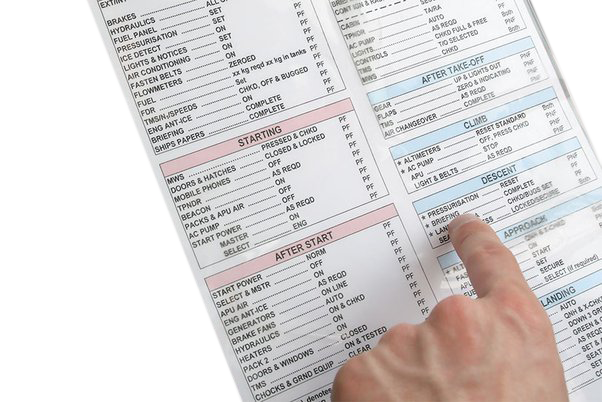
In aviation, pilots use checklists for a variety of reasons:
Safety: Safety is the primary concern in aviation. Checklists help pilots perform critical tasks accurately, reducing the risk of errors that could lead to accidents or incidents.
Complexity: Aircraft are complex machines with numerous systems, controls, and procedures. Pilots need to manage a wide range of tasks during different phases of flight. Checklists help them keep track of these tasks, ensuring that nothing is overlooked.
Standardization: Checklists provide a standardized process for performing tasks. This is crucial when different pilots, often from various backgrounds, operate the same type of aircraft. The checklist ensures that every pilot follows the same procedures, reducing the likelihood of misunderstandings or deviations.
Memory Aid: Under stressful conditions, such as takeoff, landing, or emergencies, human memory can become unreliable. Checklists serve as memory aids, guiding pilots through critical steps even when they are under stress.
Complete Coverage: Checklists are designed to cover all necessary actions. Pilots can be confident that they haven’t missed anything important, even when dealing with distractions or unexpected events.
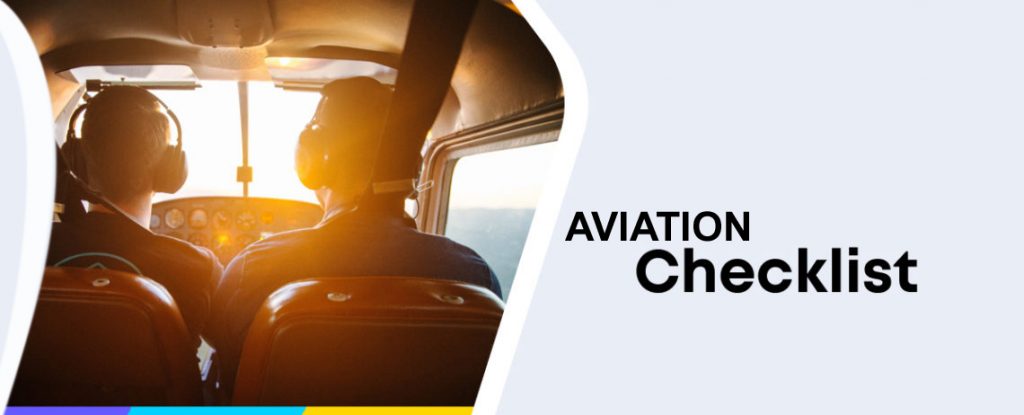
Procedural Compliance: Aviation authorities and aircraft manufacturers establish specific procedures that pilots are required to follow. Checklists are designed to adhere to these regulations and guidelines, ensuring legal and operational compliance.
Cross-Checking: In multi-crew aircraft, the use of checklists allows for cross-checking between pilots. Each pilot reads out an item on the checklist, and the other confirms its completion. This enhances accuracy and catches any oversights.
Emergency Response: During emergencies, when time is critical and stress levels are high, pilots rely on emergency checklists to ensure they take the appropriate actions in a coordinated and systematic manner.
Prevention of Complacency: Even experienced pilots can become complacent over time. By consistently using checklists, pilots are reminded of the importance of each step, regardless of how routine a task may seem.
Training and Familiarity: During pilot training, checklists are an integral part of learning aircraft procedures. New pilots become familiar with the aircraft’s systems and operations through checklist usage, which helps build muscle memory and expertise.
Audit Trail: In case of accidents, incidents, or investigations, the use of checklists can provide a clear record of the procedures followed by the crew, aiding in understanding the sequence of events.
In essence, checklists are crucial tools that contribute significantly to aviation safety and operational efficiency by ensuring that pilots perform tasks consistently and accurately, regardless of the complexity or circumstances of the flight.
